August 19, 2015
8 Ways ALPA Pilots Have Improved Your Cockpits
On National Aviation Day, ALPA’s celebrating the enormous progress that, in a little over a century, has helped grow aviation from the Wright Brothers’ “Flyer” to more than 90,000 airline flights a day globally. Here are just eight of the many safety and security improvements achieved thanks in part to airline pilots’ advocacy, working together with government and other industry stakeholders:
1. Standard “T” Cockpit Instrument Layout
The standard T instrument arrangement, albeit modified in electronic flight instrument displays, puts critical information in the same place in every airliner, because ALPA members, alarmed by haphazard panel layouts, did something about it.

2. Cockpit Traffic Alert and Collision Avoidance System
The traffic alert and collision avoidance system (TCAS), which ALPA activists sought since the 1950s, has greatly increased pilots’ awareness of other air traffic and virtually eliminated midair collisions involving airliners.
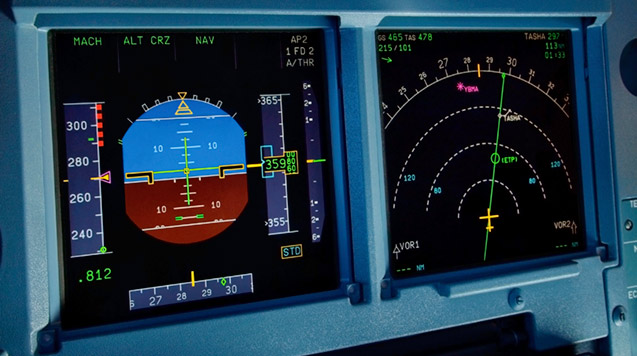
3. Flight Data Recorders
The ubiquitous cockpit voice recorder (CVR) and flight data recorder (FDR), vital to accident investigation and thus accident prevention, are in airline cockpits because of ALPA—which also continues to fight to prevent their misuse.

4. Reinforced Cockpit Doors
ALPA played a pivotal role in getting reinforced cockpit doors installed in U.S. and Canadian airliners after 9/11, improving pilots’ protection against potential hostile intruders. ALPA continues to advocate for reinforced cockpit door installation on all airplanes, including cargo aircraft.

5. Heads-Up Display
Pilots who fly airliners equipped with a heads-up display (HUD) can hand-fly Category 3B takeoffs and 3A landings. ALPA pilots worked tirelessly for decades to make airlines HUDs a reality and provided line pilot input to HUD design.
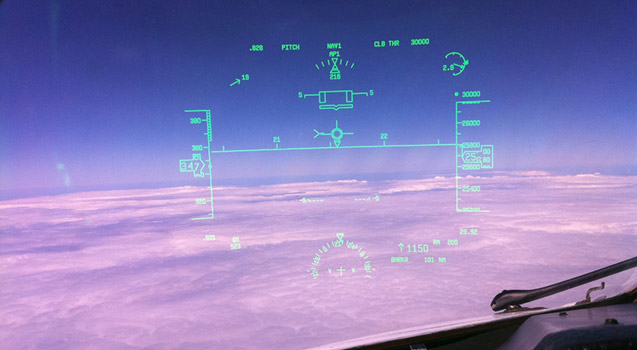
6. Terrain Contours on Nav Charts
Terrain contours depicted in color on navigation charts—a safety enhancement ALPA pushed for—increases pilots’ situational awareness and helps prevent controlled flight into terrain.
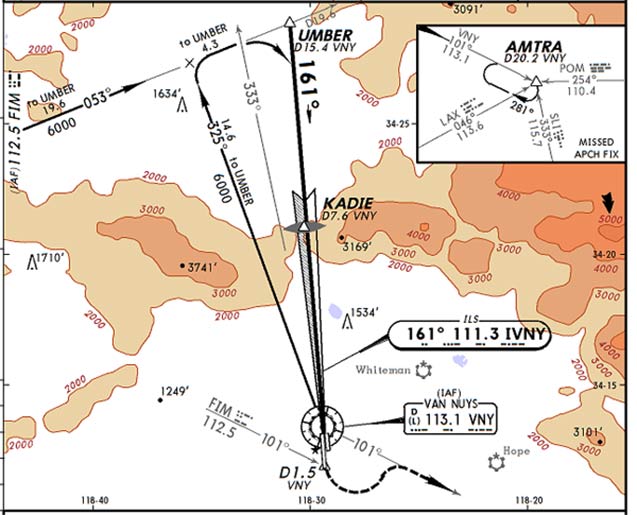
image credit: Jeppesen
7. Electronic Flight Bags
Electronic flight bags are being installed on airliners with ALPA’s strong support. These systems, among other advantages, can provide a moving map display for better situational awareness.
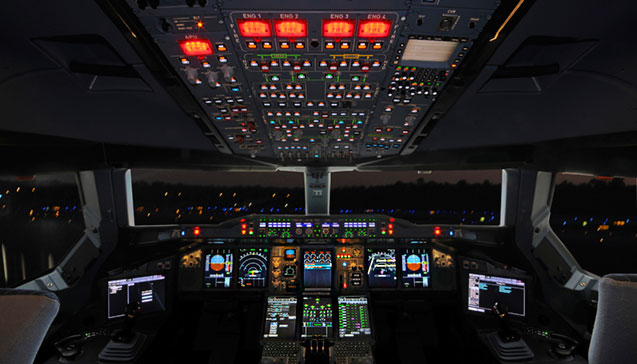
8. Takeoff Warning
Takeoff warning horns—another safety technology for which ALPA fought—alert flight crews when the airplane isn’t properly configured for takeoff.
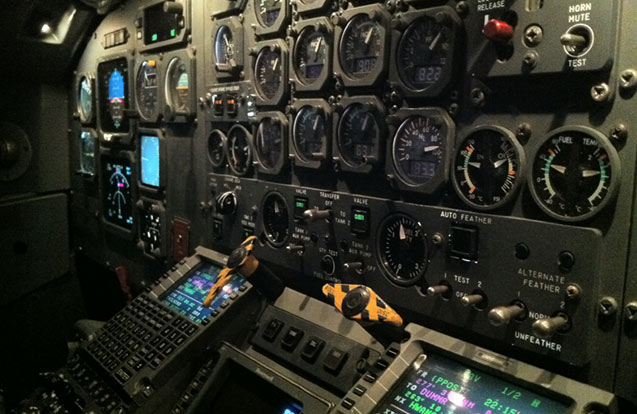
Do you have the next cockpit improvement idea? Tell us! Or, volunteer with ALPA’s Air Safety Organization and download the Association’s new whitepaper, where you can read about the safety and security issues ALPA pilots are currently advocating for and what we envision for an even safer and more efficient air transportation system. Find out what you can do to keep America flying.
-###-

